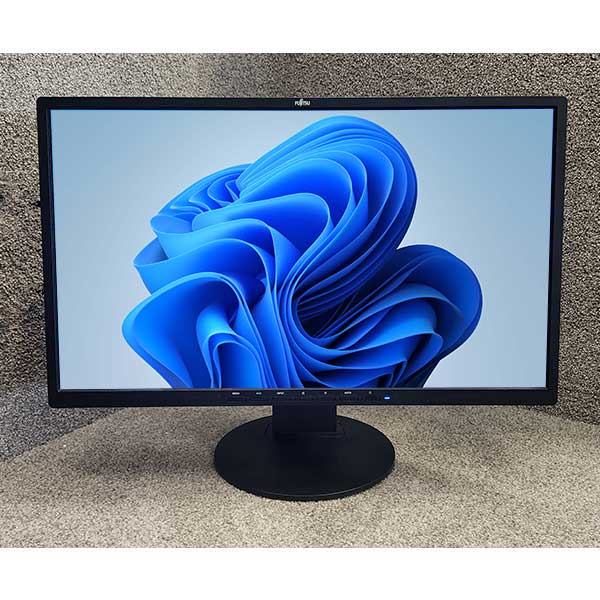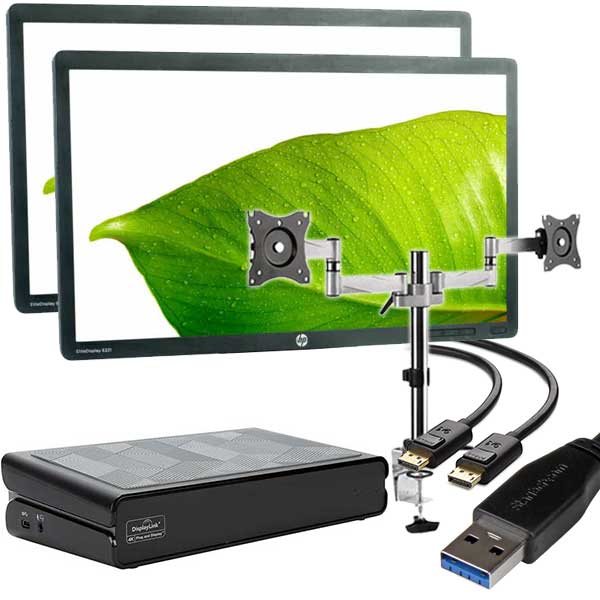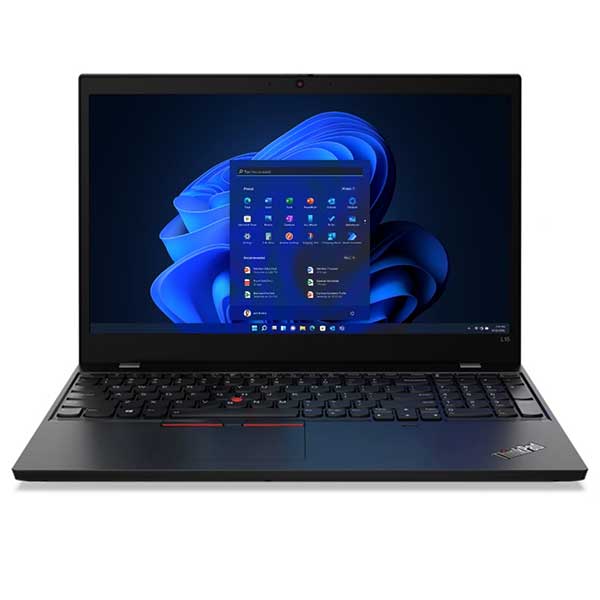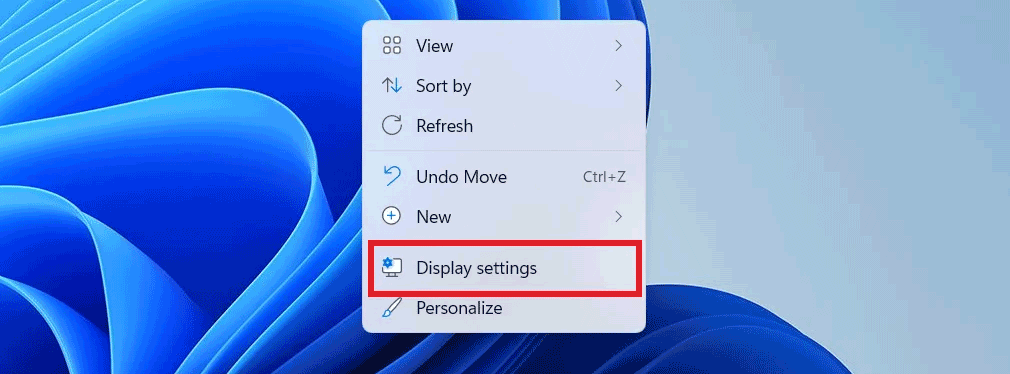General
Resetting and Reinstalling Your Display Driver in Windows: A Step-by-Step Guide
In the world of computing, the display driver is a vital link between your PC’s hardware and its software. If you’re experiencing screen flickering, poor resolution, or other graphics-related issues, the culprit may often be your display (or video) driver. Luckily, a reset or reinstall of the driver can often restore smooth performance. In this guide, we’ll walk you through these steps to reset and reinstall your display driver for improved performance.
Why You Might Need to Reset or Reinstall Your Display Driver
Display driver issues can manifest in a variety of ways:
- Sudden screen freezes or crashes
- Display resolution problems
- Artifacts (strange lines or dots) on the screen
- Reduced performance in games and video rendering
Resetting or reinstalling your driver is a simple fix that can often resolve these issues quickly.
Part 1: How to Reset Your Display Driver
Windows has a built-in shortcut that allows you to reset your display driver without rebooting the entire system. Here’s how to use it:
- Press Windows + Ctrl + Shift + B: This keyboard combination will trigger a soft reset of your graphics driver.
- Notice the Screen Flicker: After pressing the shortcut, your screen will briefly go black and then return to normal as Windows resets the display driver.
- Check for Improvement: After the reset, check if the issues you were experiencing are resolved. This method is especially effective for minor, temporary glitches.
If this quick reset doesn’t fix the issue, you may need a more thorough solution—reinstalling your display driver.
Part 2: How to Reinstall Your Display Driver
Reinstalling your display driver can resolve deeper driver issues or incompatibility problems. Follow these steps to remove the old driver and install a fresh copy.
Step 1: Uninstall the Current Display Driver
- Open Device Manager:
- Right-click the Start button and select Device Manager from the list.
- In Device Manager, locate the Display adapters category and click the arrow to expand it.
- Select Your Graphics Card:
- Right-click on your graphics card (e.g., NVIDIA, AMD, or Intel HD Graphics) and choose Uninstall device.
- A pop-up will appear. Ensure the option Delete the driver software for this device is checked, then click Uninstall.
- Restart Your PC:
- Once the driver is uninstalled, restart your computer. Upon restart, Windows may install a basic display driver automatically.
Step 2: Download and Install the Latest Driver
To ensure your graphics card is running smoothly, it’s best to install the latest driver from the manufacturer’s website:
- Identify Your Graphics Card:
- If you’re not sure of the model, you can find it under Device Manager > Display adapters.
- Go to the Manufacturer’s Website:
- Download and Install the Latest Driver:
- Enter the model details and download the latest driver compatible with your version of Windows.
- Open the downloaded file and follow the on-screen instructions to complete the installation.
- Restart Your PC:
- After installation, restart your computer to apply the changes.
Using Windows Update as an Alternative
If you’re unable to locate the driver on the manufacturer’s website, Windows Update may have an updated version available:
- Open Windows Update:
- Go to Settings > Update & Security > Windows Update.
- Check for Updates:
- Click Check for updates. Windows will automatically search for the latest drivers and update them if available.
Part 3: Additional Tips for a Stable Display Experience
Reinstalling the driver should resolve most display-related issues, but here are a few extra tips for ongoing performance:
- Keep Your Graphics Drivers Updated: Regular updates improve performance and fix known bugs.
- Adjust Display Settings: In Settings > System > Display, ensure your screen resolution and refresh rate are optimized for your monitor.
- Disable Unnecessary Background Applications: Excessive background programs can strain your graphics card, so close what’s unnecessary when gaming or using high-demand applications.
Conclusion
A quick reset or reinstall of your video driver can go a long way in fixing common display issues. If you’re facing persistent graphics glitches or performance problems, give these steps a try. A fresh installation ensures your graphics card has the latest updates and a clean start, helping you get back to a smooth and seamless experience on your Windows PC.













